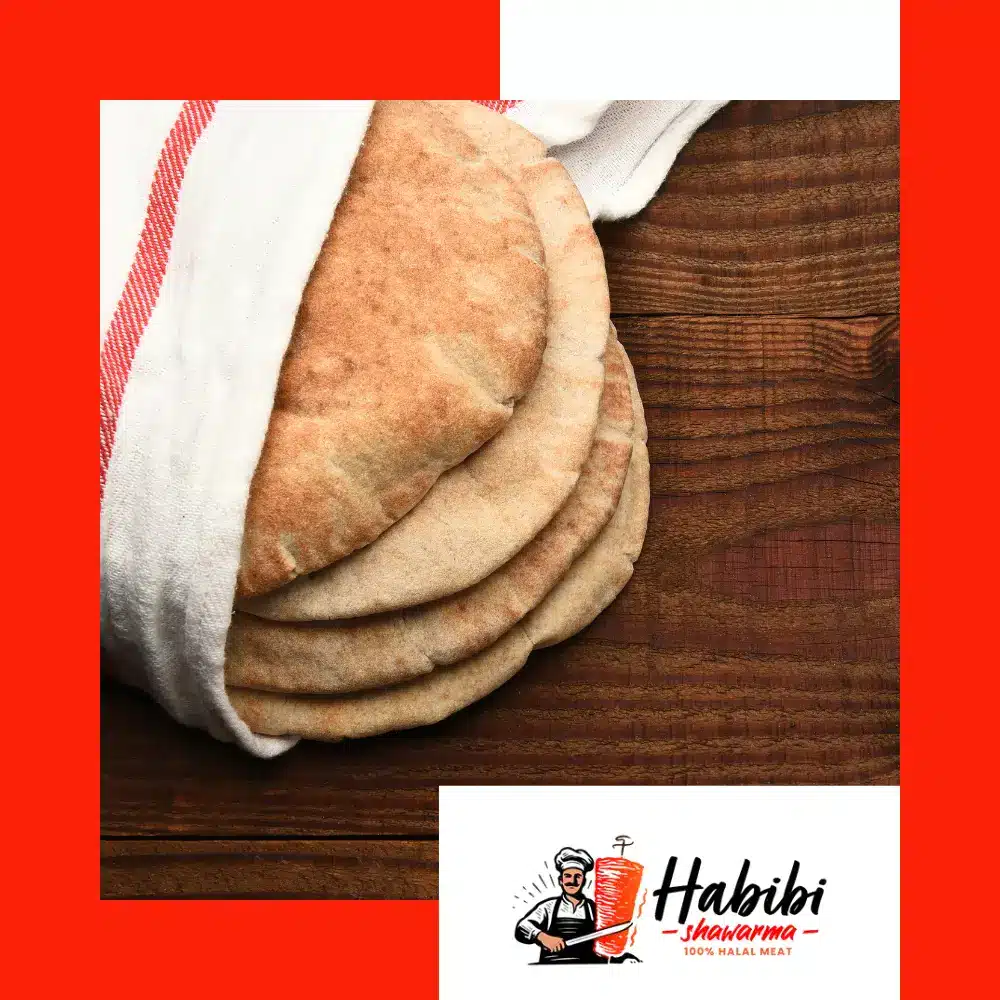Pita bread, a simple yet versatile flatbread, has been a dietary cornerstone for centuries. Its significance extends beyond the kitchen, symbolizing cultural heritage, community, and tradition. In this article, we delve into why pita bread is more than just a flatbread, exploring its deep-rooted connection to Middle Eastern culture and its growing global appeal.
The Origins of Pita Bread
Pita bread’s history dates back over 4,000 years to the ancient civilizations of the Fertile Crescent. Evidence suggests that early versions of this bread were baked in Mesopotamia and Egypt. Its name, derived from the Greek word “pita,” means “bread,” but its cultural roots are firmly planted in the Middle East.
Pita Bread as a Symbol of Tradition
In Middle Eastern households, pita bread is a staple at every meal. Its round shape symbolizes unity and continuity, making it an essential element in family gatherings and religious feasts. Whether baked at home or purchased from local markets, pita bread represents a connection to heritage and tradition.
The Role of Pita Bread in Hospitality
In Middle Eastern culture, hospitality is a cherished value, and pita bread often serves as its centerpiece. Offering freshly baked pita to guests is a sign of warmth and generosity. Paired with dips like hummus and baba ghanoush, it fosters a sense of community and shared experiences.
Pita Bread’s Versatility in Cuisine
One of the reasons for pita bread’s enduring popularity is its versatility. Its hollow structure makes it perfect for stuffing with meats, vegetables, or falafel, while its soft texture is ideal for scooping up stews and spreads. This adaptability has allowed pita bread to transcend its origins and become a global favorite.
Modern Takes on Pita Bread
Today, pita bread is reimagined in various forms, including whole grain, gluten-free, and flavored versions. While these adaptations cater to contemporary dietary preferences, they retain the essence of traditional pita. Whether enjoyed as a snack or a meal, pita bread continues to bridge cultural divides.
https://habibishawarmas.com/pita-bread/how-pita-bread-became-a-symbol-of-middle-eastern-hospitality-and-heritage/

